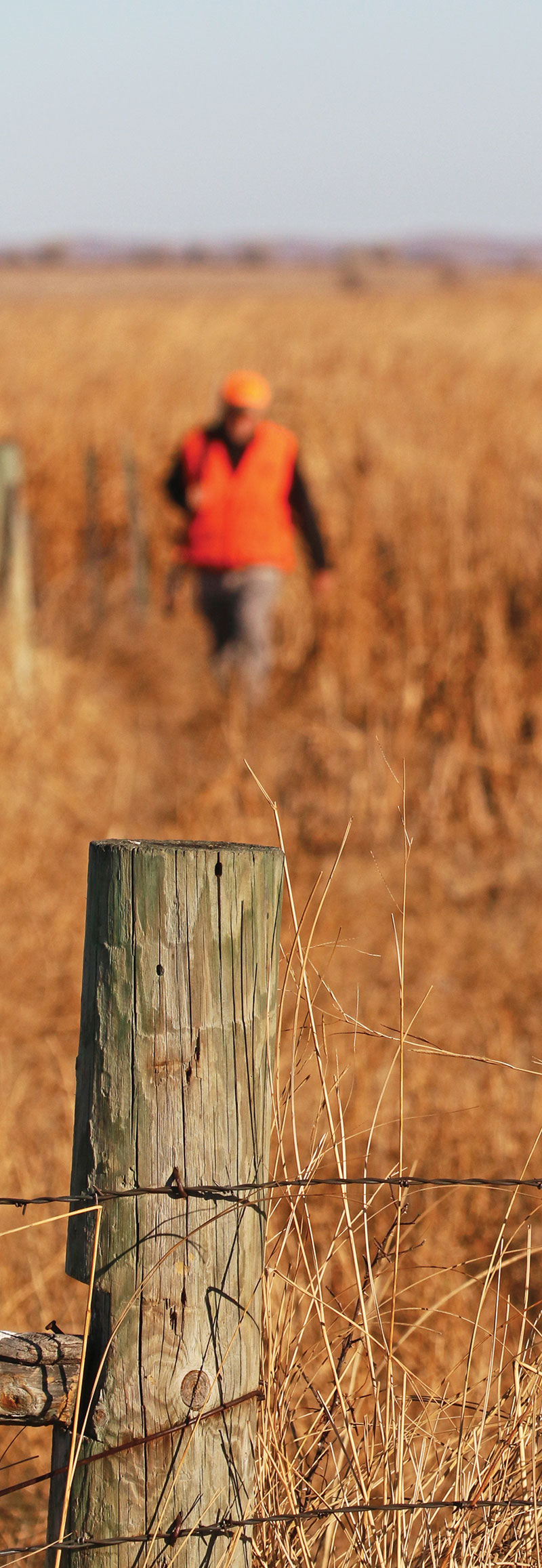Back Cast

On a date that is nearly a week later than a year ago, North Dakota’s deer gun season opens.
Hunters dressed in at least 400 square inches of solid fluorescent orange will sit in stands, creep through blocks of timber – some no bigger than an acre or two – hike far beyond the sound of pickup tires munching gravel, or shoulder through the tangle of cattails that ring wetlands, cursing the explosion of fluff that settles in their noses and mouths.
They’ll hunt on private land owned by friends, relatives, people who they just met by politely knocking on a farmhouse door, hat in hand. They’ll hike habitat managed by the federal government, or managed by the state, with familiar monikers like PLOTS or wildlife management area. Public land.
All of these hunting strategies and others employed across these landscapes often work, but sometimes they don’t. We question the wind, the weather – too hot, too cold, too wet or too dry – or possibly the moon phase because, man, it’s got be something.
The season runs for 16.5 days, which is how it’s been for a number of years. There was a time when three weekends, with some days scattered throughout, didn’t sound long enough. There was also a time when we counted the days, starting sometime in early October, until the season finally opened.
Worrying over either has faded a bit. Some concede that this new outlook is simply a matter of getting older, which is difficult to argue.
After more than 40 years of chasing deer on the Northern Plains and elsewhere, I’m certain I could tell you a little something about a lot of those hunts and would mostly be telling the truth. While deer, either those that hung in camp or simply, inexplicably, got away, would get some play, I’m guessing much of what I might provide, what would shove its way to the forefront of my memory, wouldn’t involve antlers.
Rather, the recollections of where we camped, the hardships that mostly had to do with the weather, the contentment of the annual gathering, and the food eaten off of tailgates, paper plates on our laps, or standing, leaning against a wall in an unheated building, would get the most notice.
Back in the day, when we slept in a canvas tent that leaked, it was a ritual, like the deer hunting season itself, to fry in a cast iron pan the heart and liver from the first deer unloaded in camp.
Served with potatoes, onions and eggs over easy, it wasn’t a meal that people, from the youngest to the oldest, pushed around on their plates with a fork and uncertainty.
An opening weekend breakfast of fried heart and liver was anticipated, almost ceremonial.
Saving these deer organs back then was something we did out of habit, without consideration. Like rinsing a folding knife before putting it back in its sheath.
We stopped doing this some time ago, but I don’t know when or why.
What endures, without uncertainty, is the season itself. We’ll be in the field for the opener, albeit nearly a week later than last year.
